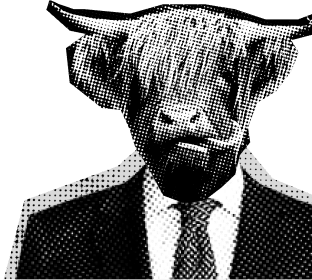Inflation slowed in November, with prices rising just 7.1% compared to the same month last year, according to data released by the Bureau of Labor Statistics on Tuesday.
Month to month from October to November, prices rose just 0.1%, beating analysts’ expectations. And “core inflation” which removes essentials whose prices can be volatile, like food and energy, rose just 0.2%—the smallest core inflation increase since August 2021.
Speaking from the White House on Tuesday, President Biden said he hopes prices will return to normal by the end of 2023, adding, “But I can’t make that prediction. I just, I’m convinced they’re not going to go up, convinced they’re going to continue to go down.”
While economists welcomed the news, Diane Swonk of KPMG told The Washington Post, the feds “need a trend, and that’s why they’re stuck. They can’t call it a trend yet” as inflation has risen and fallen in many directions this past year, some months coming in worse than expected, yet coming in much better in others.
“The supply chain disruptions, all the stuff we thought was boosting inflation, is now unwinding. And that’s good news. But they can’t say the ‘labor market is no longer a problem,’” added Swonk.
Markets were driven upward on the news, as Wall Street was given new assurance that the Fed would likely slow down rate hikes.


